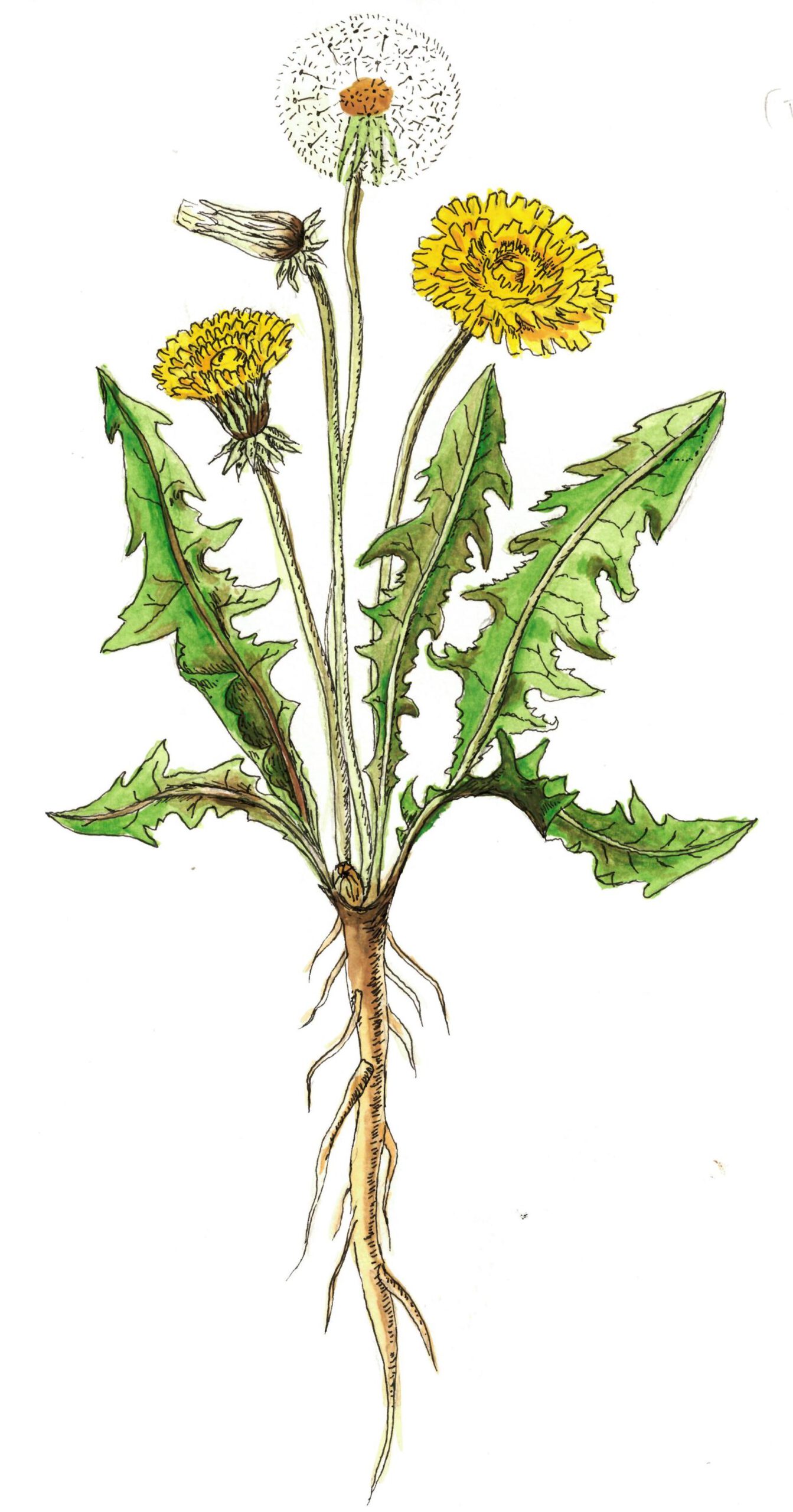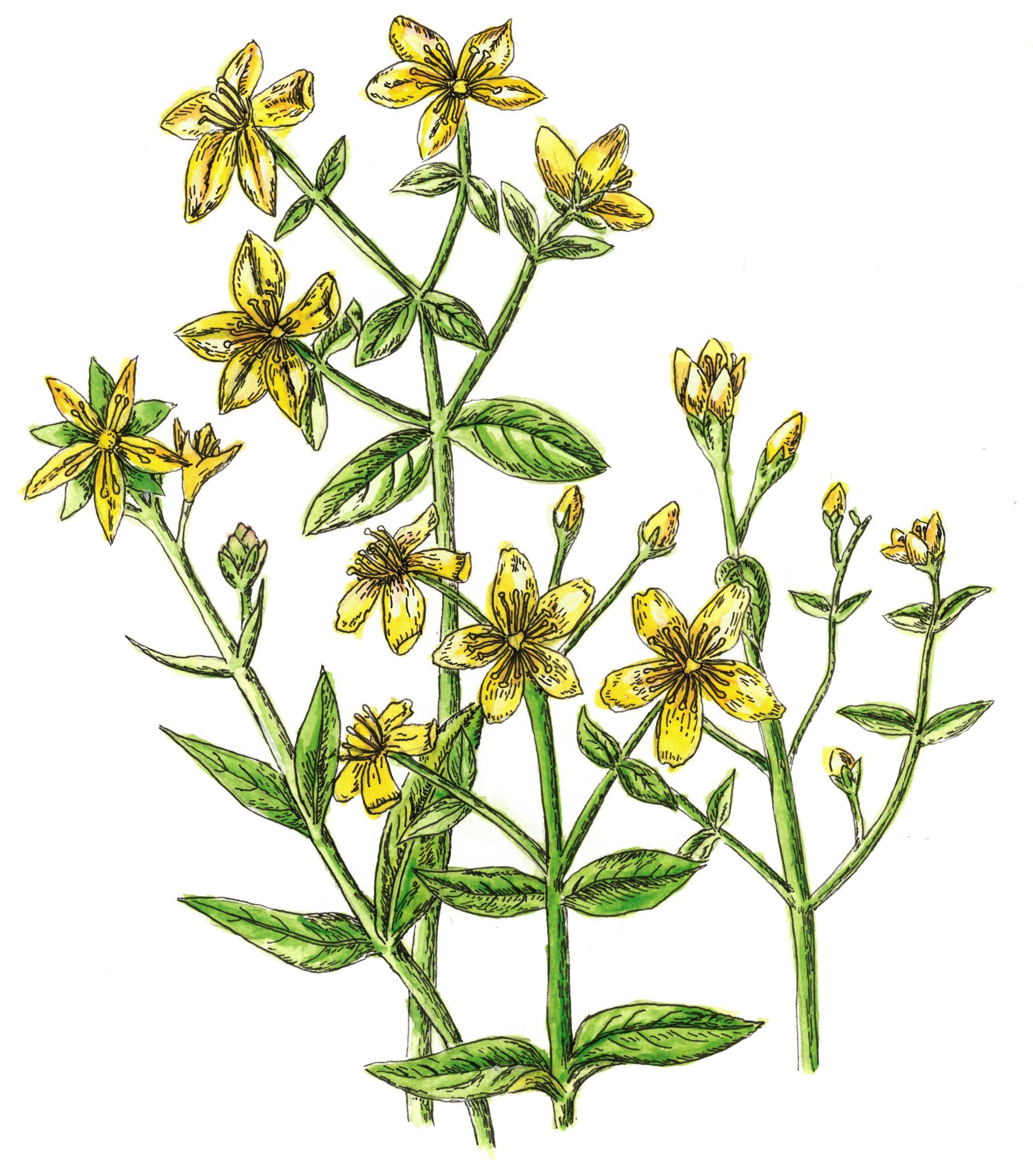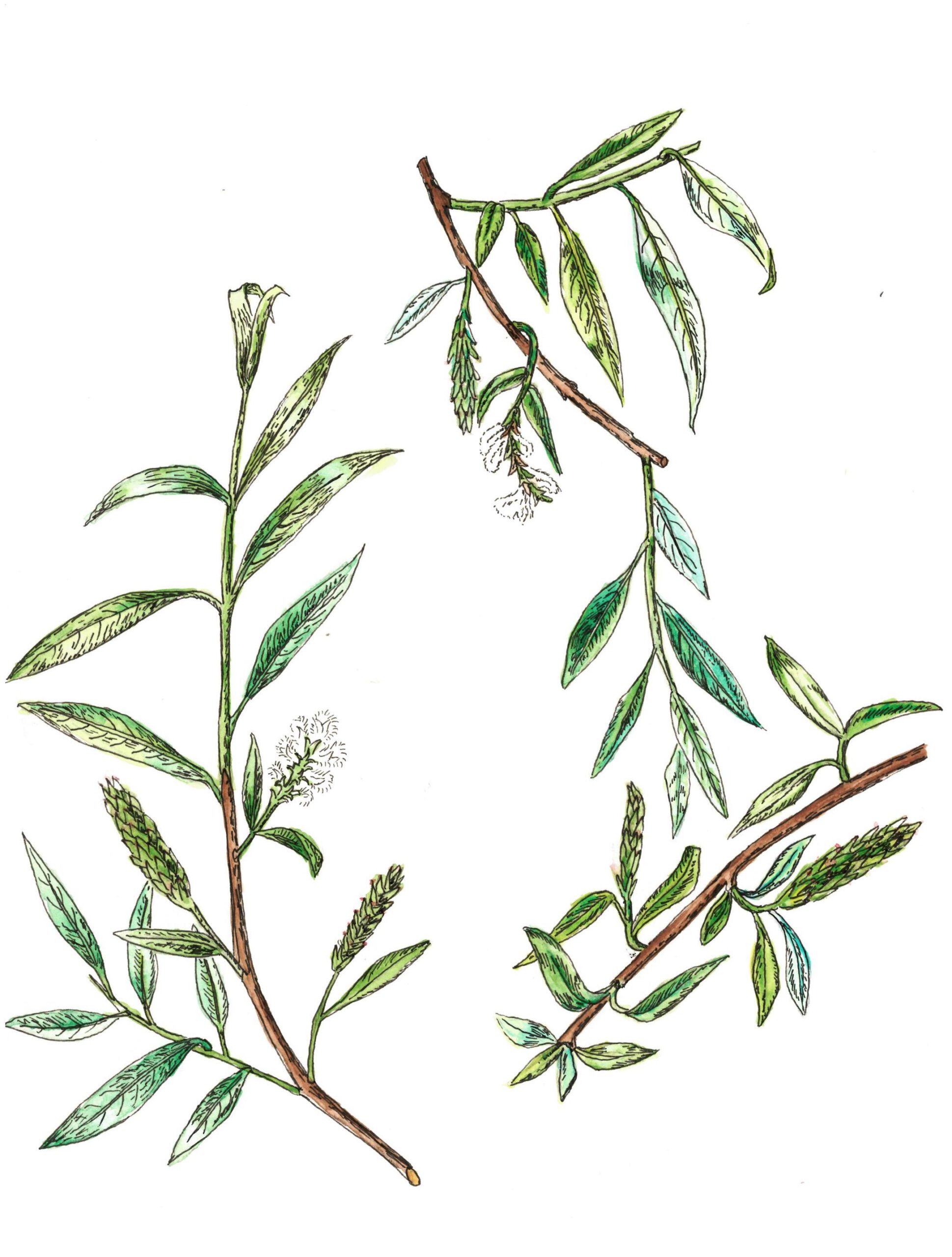Author: Lorena Tran
The first documented use of dandelion’s medicinal properties was in the 1500s, when German physicians used mixtures of dandelion leaves and roots to treat liver problems[1]. Various cultures have used dandelion’s detoxifying properties in their traditional medicine. In traditional Chinese medicine, dandelion is used as a diuretic, or a substance that rids the body of excess salt and water by increasing urine production[2]. Turkish traditions also use dandelion as a laxative, while early Native American medicine used dandelion root extracts to treat indigestion[1]. So, dandelion’s abilities to detoxify the body’s liver and intestinal tract have been recognized for hundreds of years.
However, modern biomedical research has only recently begun to investigate the dandelion’s medicinal properties. Recent research on dandelion leaf extract has supported the plant’s role in Chinese medicine as a diuretic, which suggests that dandelion could be used to treat high blood pressure[2]. Diuretics like dandelion remove excess water and salt from the blood, resulting in lower blood pressure. Researchers also found that one of dandelion’s active compounds – taraxasterol – prevents alcohol damage in the livers of mice. This finding could potentially assist in the development of protective treatments for liver damage due to alcoholism[3].
Sources:
[1] Schütz K, Carle R, Schieber A. Taraxacum–a review on its phytochemical and pharmacological profile. Journal of Ethnopharmacology. 2006 Oct 11;107(3):313-23.
[2] Clare BA, Conroy RS, Spelman K. The diuretic effect in human subjects of an extract of Taraxacum officinale folium over a single day. Journal of Alternative and Complementary Medicine. 2009 Aug;15(8):929-34.
[3] Zheng Y, Lei L, Liang S, Ai J, Deng X, Li YQ, Zhang TP, Pu SB, Ren YS. Protective Effect of Fresh/Dry Dandelion Extracts on APAP-Overdose-Induced Acute Liver Injury. Oxidative Medicine and Cellular Longevity. 2021 Nov 24.


